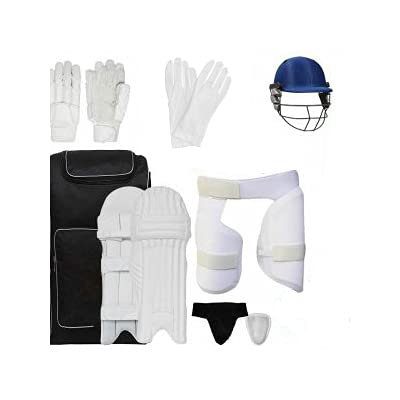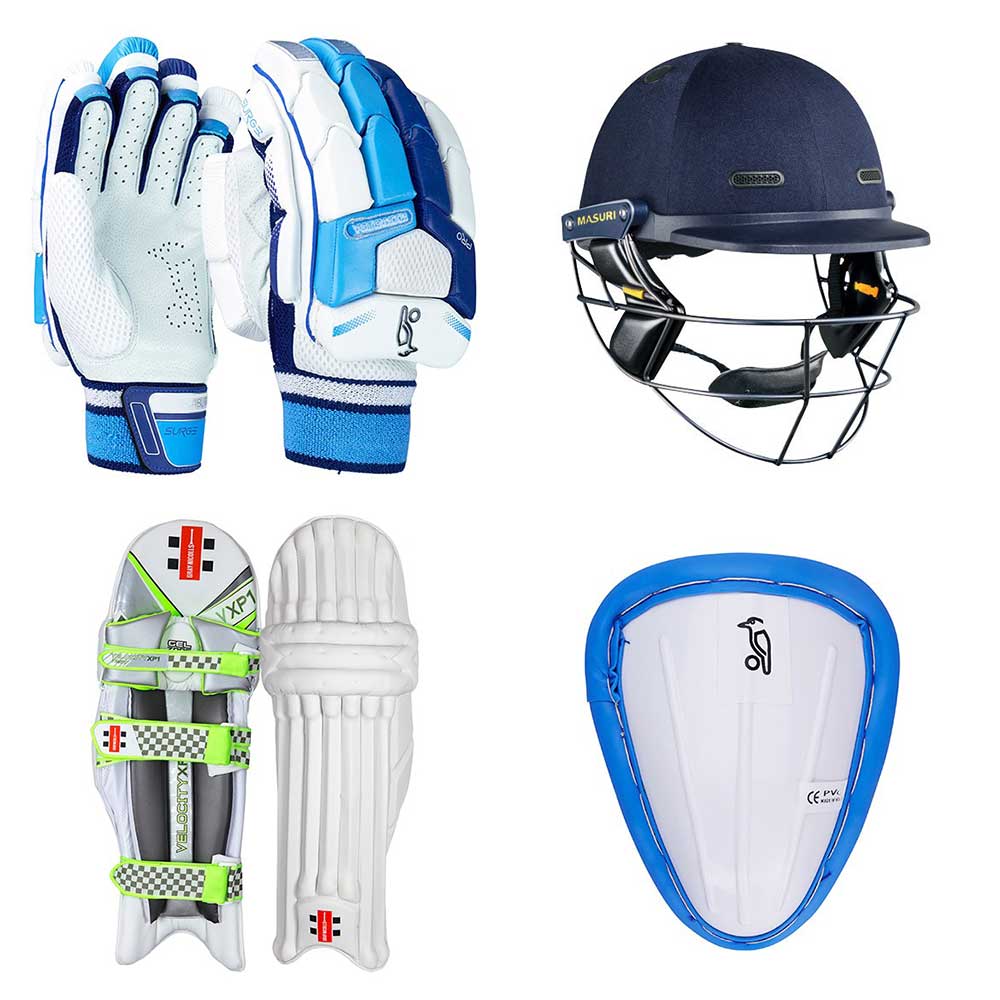Essential Cricket Equipment for Coaching
To develop skilled and confident cricketers, the use of proper, high-quality equipment during training is crucial. Coaches must be well-informed about each piece of equipment to ensure players receive optimal training tailored to their age, skill level, and playing style.
1. Bats
Selecting the right bat is essential for effective batting practice. Coaches should guide players based on weight, length, and balance suitable for the individual. Different sizes and weights are used for juniors, intermediates, and senior players.
- Small
- Medium
- Large
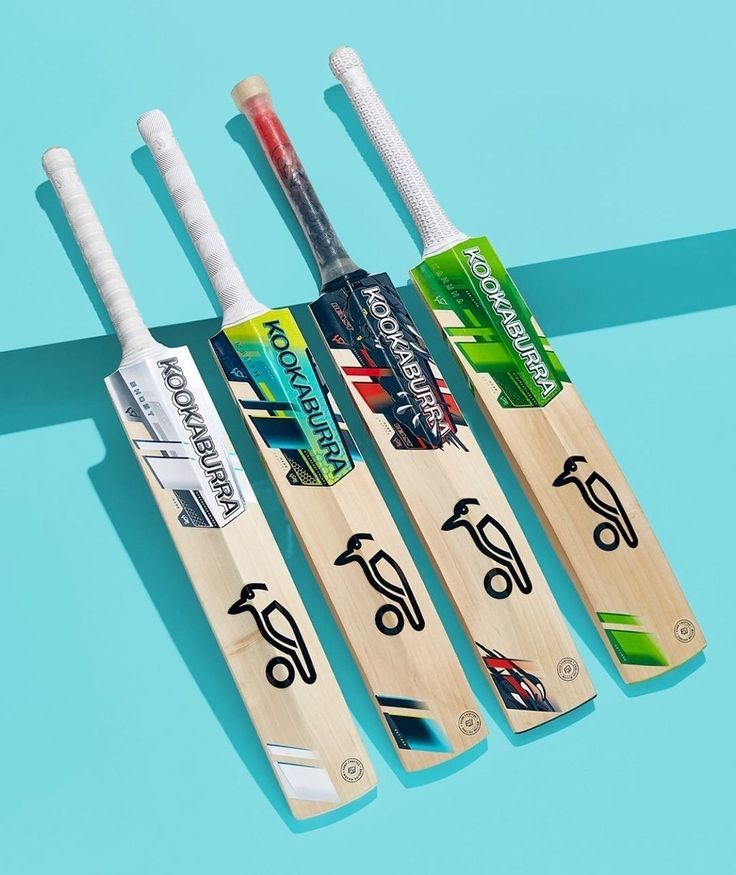
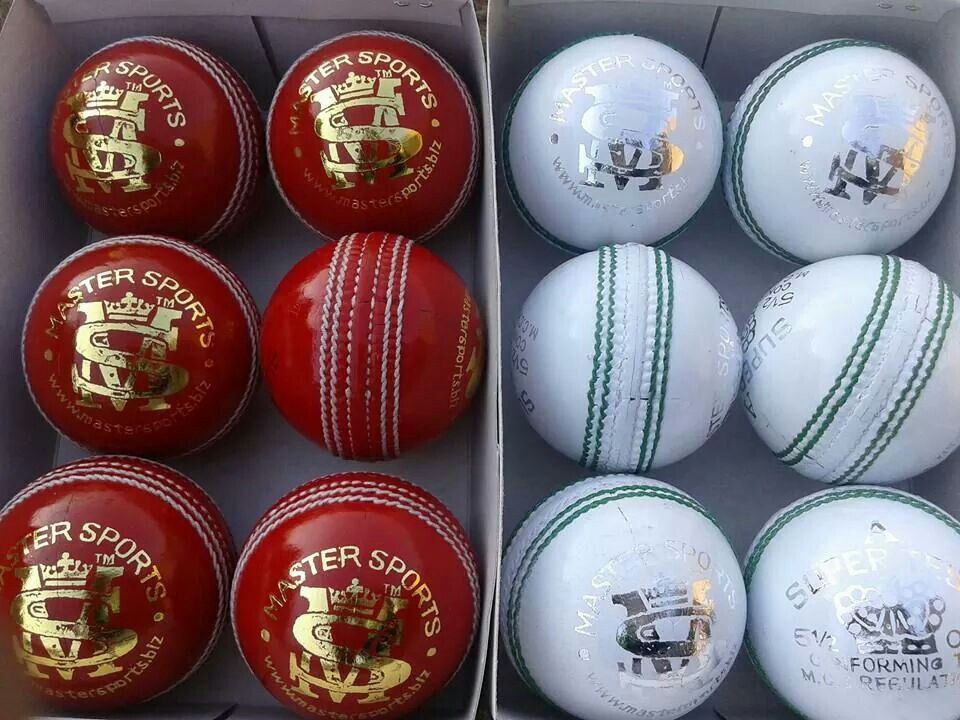
2. Balls
Various types of balls are used depending on the level of training:
- Soft balls – Ideal for beginners and safety-focused drills.
- Synthetic balls – Durable and suitable for general practice.
- Leather balls – Used in advanced and match-simulation training for realistic bounce and seam.
3. Wickets
Wickets consist of three stumps and two bails. In training, using proper wickets helps players focus on bowling accuracy and target practice. Coaches may use both fixed and portable wickets depending on the session.
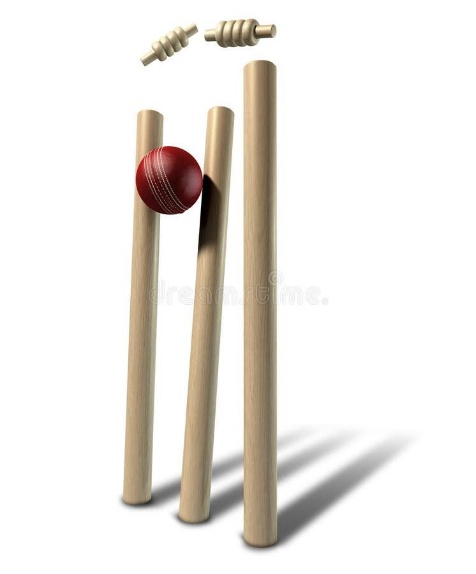
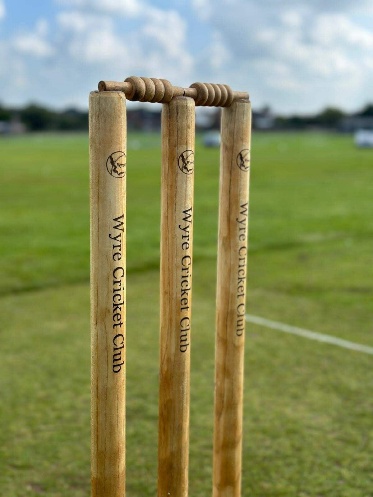
4. Bowling Machines
Bowling machines simulate a variety of deliveries such as pace, bounce, and swing at different speeds and angles. They are effective for:
- Repetition of specific shots
- Batting against consistent bowling
- Practicing under pressure with controlled variables
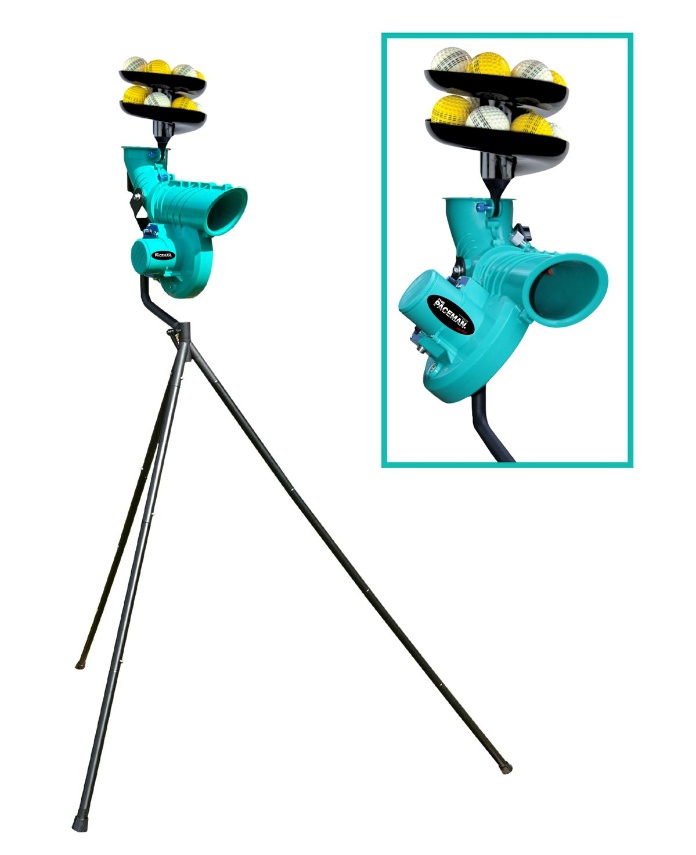
5. Spider Cam – Aerial Camera System for Enhanced Match Analysis
Spider cam is a sophisticated overhead camera system suspended by four high-tension cables, capable of moving freely in all directions. It delivers real-time aerial footage with unmatched flexibility and precision.
Key Features:
- Moves across the ground in 3D space
- Captures dynamic angles and close-ups
- Controlled remotely for live motion tracking
- Operates above players without interference
Importance in Cricket:
- Provides detailed angles for third umpire decisions (LBW, stumpings, runouts)
- Enables slow-motion visuals and technique analysis
- Supports DRS with Hawk-Eye and UltraEdge
- Delivers cinematic shots for broadcast quality
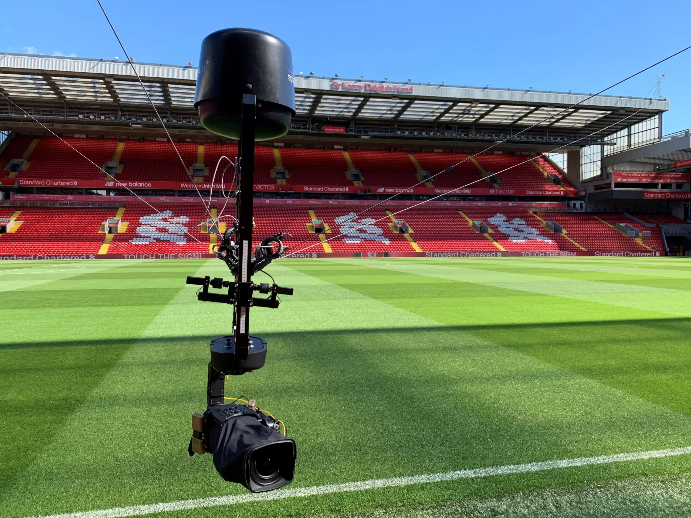
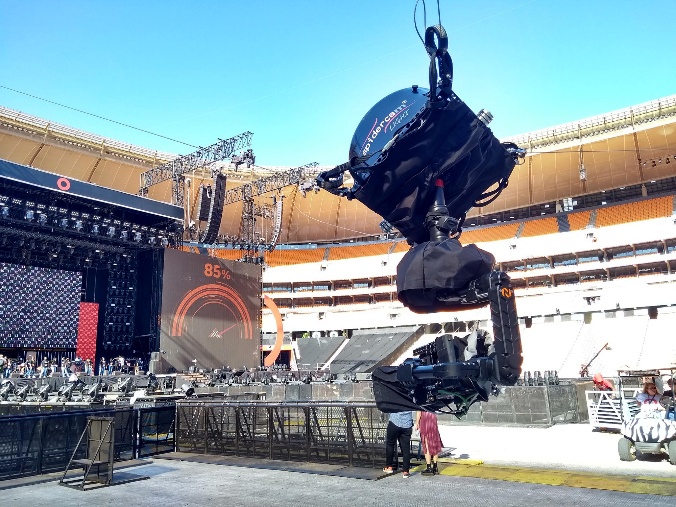
6. Movable / Portable Dugout in Cricket
A movable or portable dugout is a lightweight, reloadable shelter designed to provide seating, shade, and protection for players and staff during matches or training sessions.
Key Features:
- Mobility: Easily transportable
- Protection: Offers cover from sun, rain, and wind
- Functionality: Dedicated space for rest and instructions
- Customizable: Can include fans, coolers, storage
- Cost-effective: Ideal for grounds without permanent pavilions
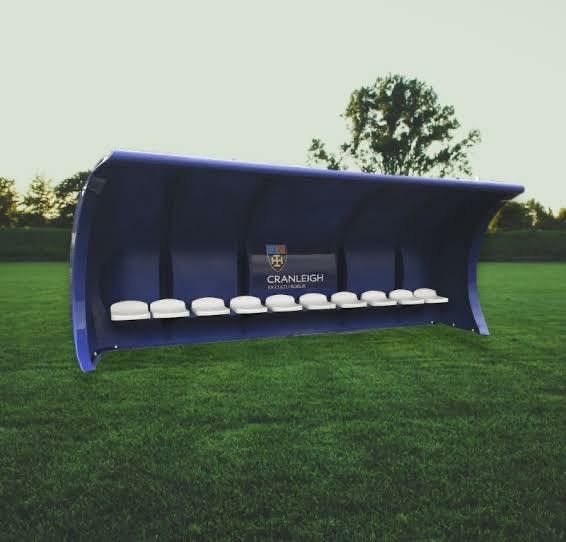
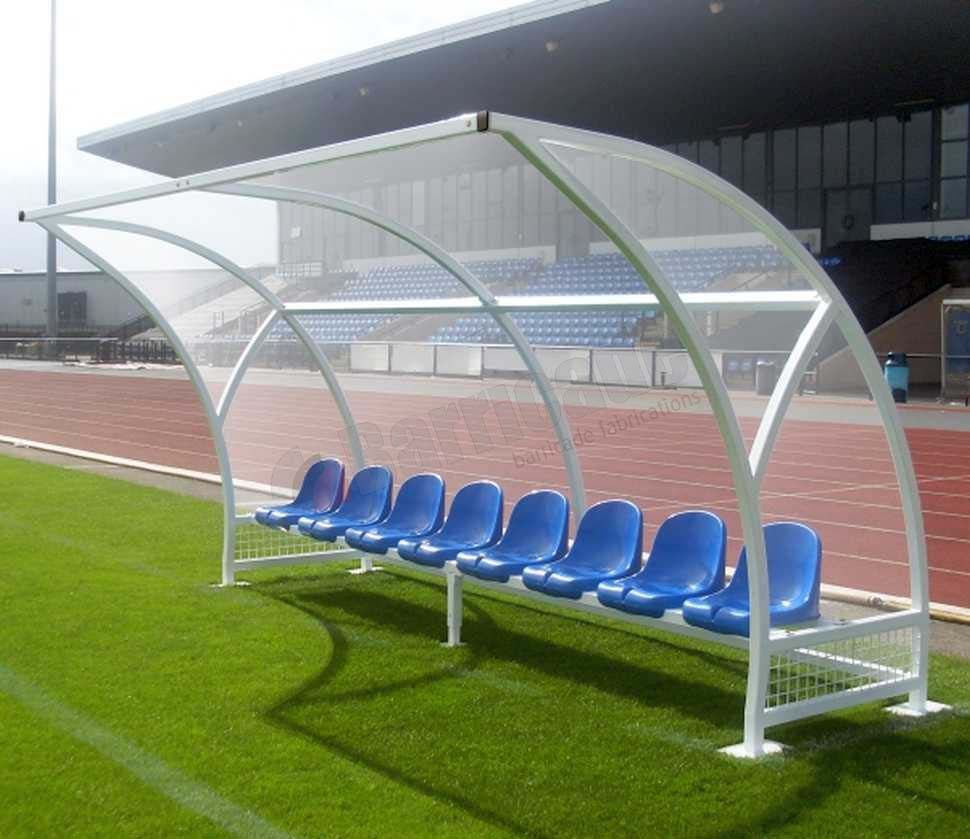
7. Ground Rap
The Ground Rap is a heavy, hand-operated compaction tool used to flatten and level the ground surface. It’s essential for fixing dips, compacting soil, and maintaining even surfaces.
- Leveling field areas and fixing uneven patches
- Repairing worn or soft outfield sections
- Preparing compact surfaces for matches
Importance:
- Ensures player safety by minimizing irregularities
- Maintains smooth ball roll and bounce
- Supports ongoing pitch and outfield maintenance
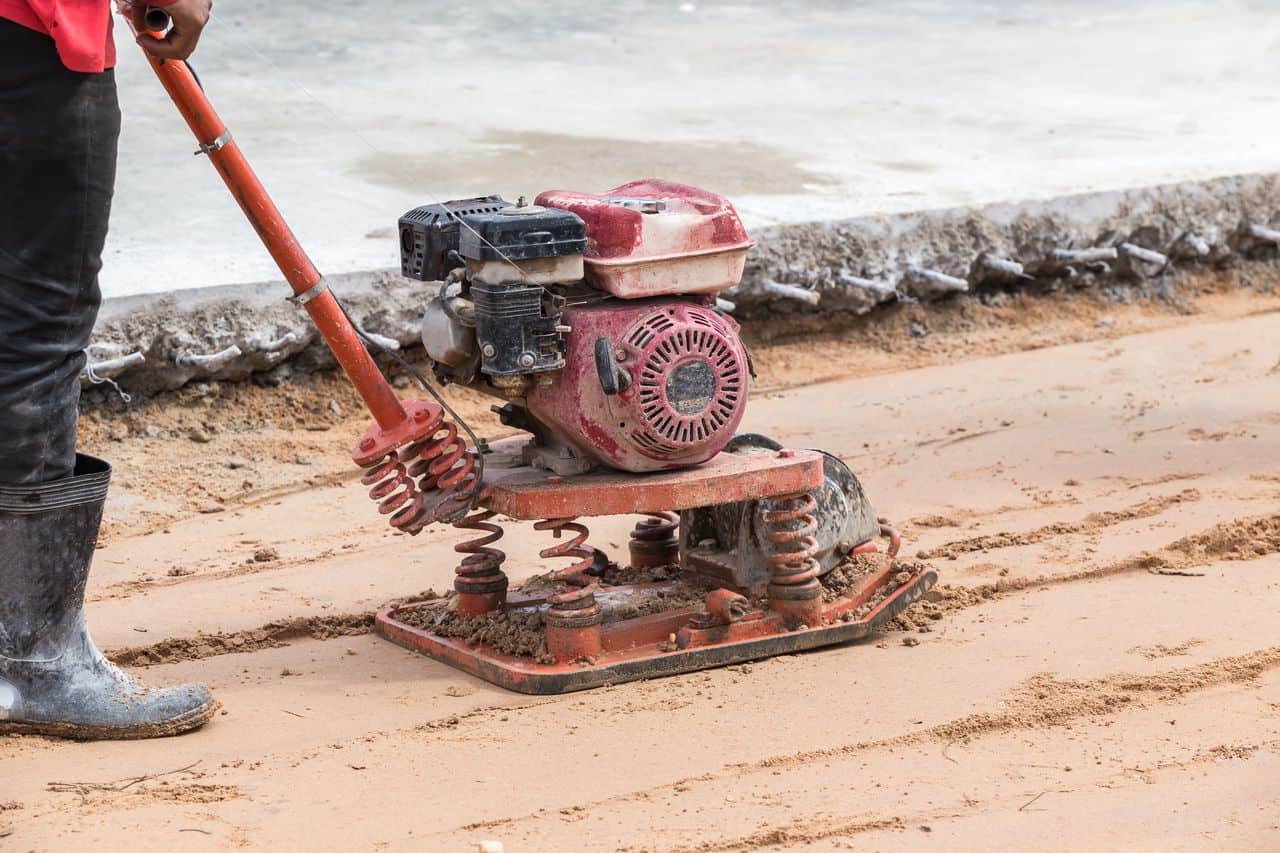
8. Rolling Machine (Pitch Roller)
The Rolling Machine, also known as the Pitch Roller, is a heavy-duty machine used to compact and harden the cricket pitch. It helps prepare surfaces that provide true bounce, better pace, and a consistent playing experience.
Used For:
- Hardening the pitch to create match-ready conditions
- Managing bounce and pace by compressing surface soil
- Reducing grass height and maintaining pitch consistency
Importance:
- Enhances batting and bowling balance by stabilizing pitch behavior
- Essential for match preparation and pitch longevity
- Ensures uniform playing conditions across practice and match days
Both the Ground Rap and the Rolling Machine are vital tools for professional cricket ground management. Their proper use directly impacts the quality, safety, and performance of the playing surface — supporting the development of skilled players and smooth execution of training and competitive fixtures.
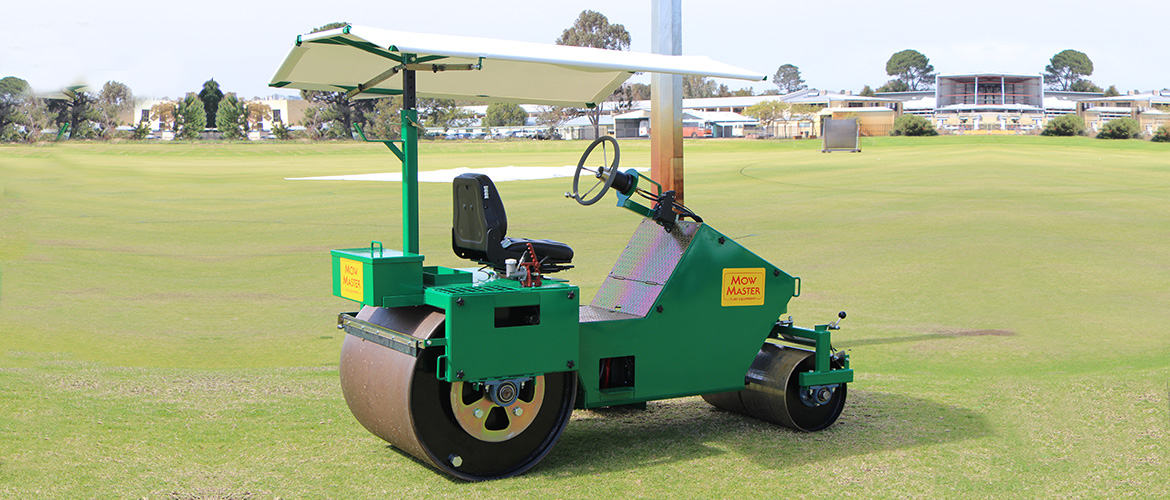
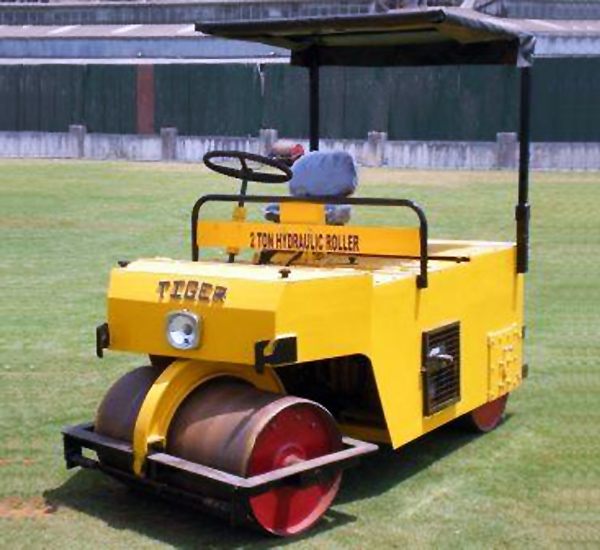
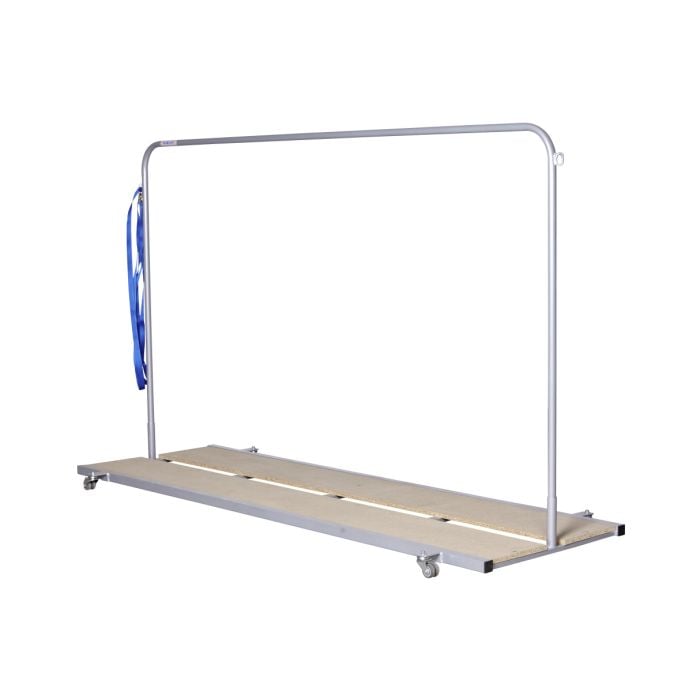
9. Matting Delivery Cart
A Matting Delivery Cart is a wheeled cart specifically designed to transport and lay cricket matting over practice or temporary pitches. It allows for easy handling, reduces labor effort, and prevents damage to the mat surface during transport.
Key Benefits:
- Efficiently moves heavy cricket matting
- Reduces manual strain on ground staff
- Helps maintain the mat’s shape and condition
- Ideal for school, club, and rural training setups
10. Scoreboard
A Scoreboard is an essential display tool used to present live match information such as team scores, overs, wickets, player statistics, and other key details to players, officials, and spectators. It can be manual or electronic depending on the level of the match or facility.
Key Benefits:
- Displays real-time match status clearly
- Keeps players and audience well-informed
- Supports organized match management
- Enhances professionalism in coaching or tournament settings
- Can be upgraded to a digital system with remote control
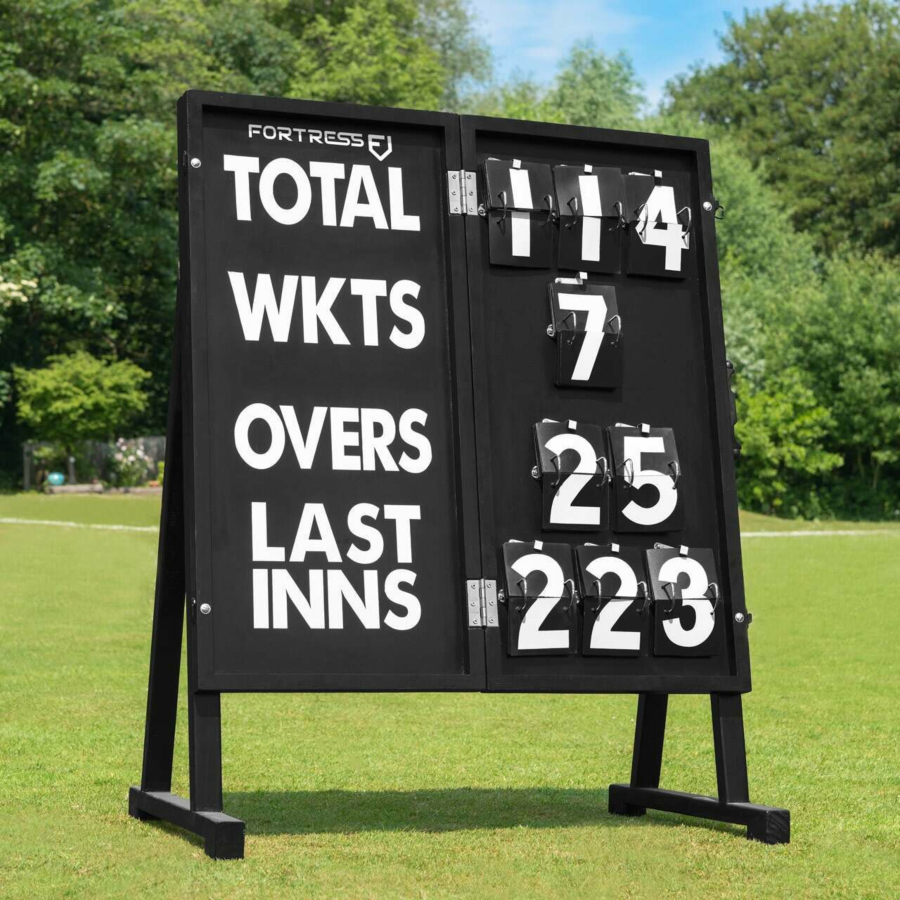
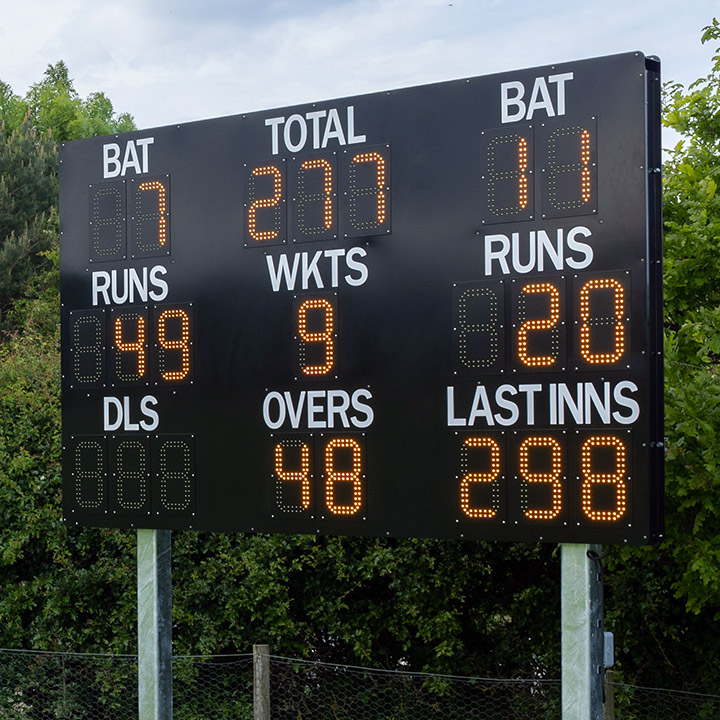
11. Side Screen
A Side Screen is a large vertical screen placed behind the bowler's arm to provide a clear visual background for the batter. It ensures that the batter can clearly see the ball during delivery, especially against fast bowlers.
Key Benefits:
- Improves visibility and focus for the batter
- Reduces distractions from crowd or surroundings
- Essential for competitive and professional matches
- Can be movable or fixed, with adjustable colors (white or black) depending on the ball type used
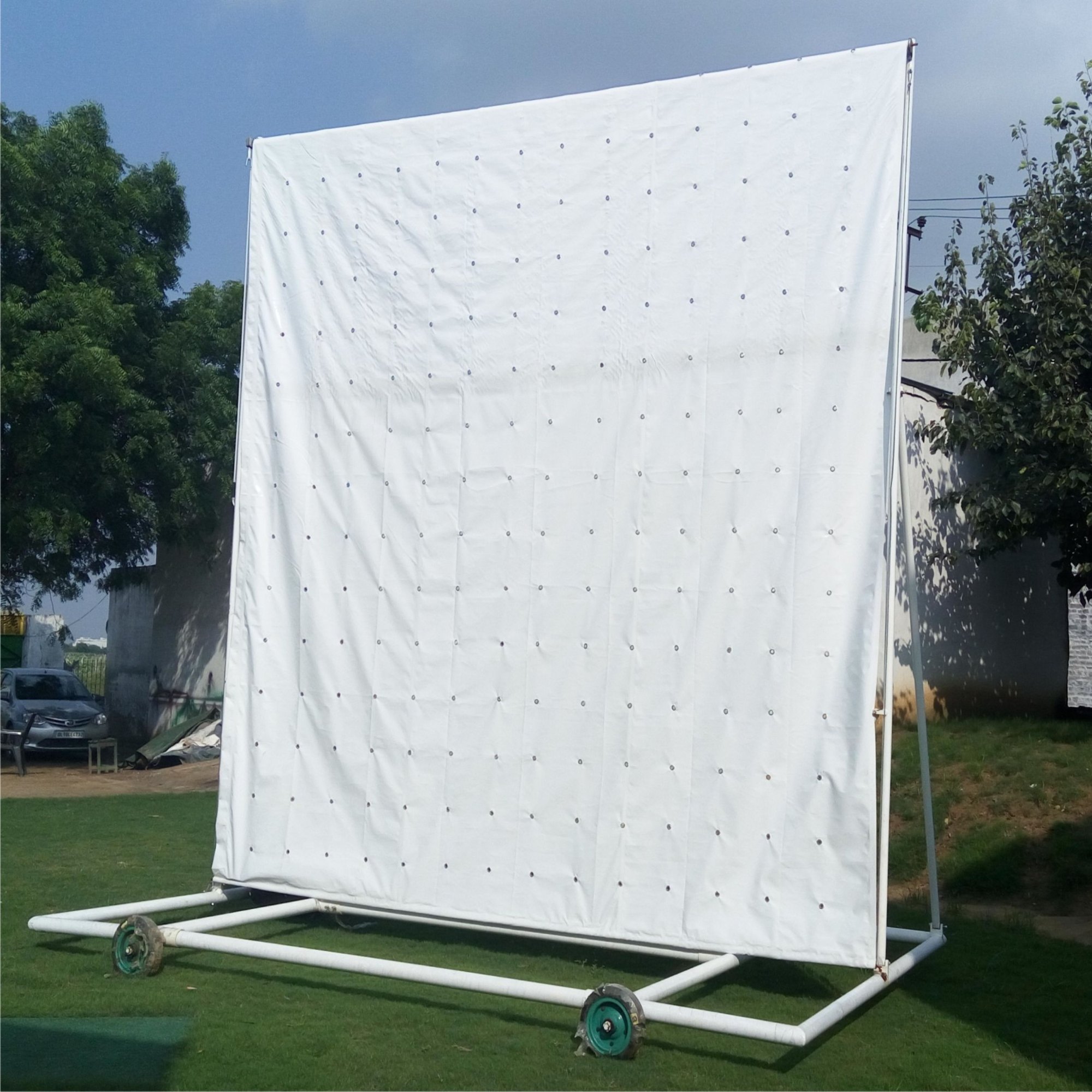
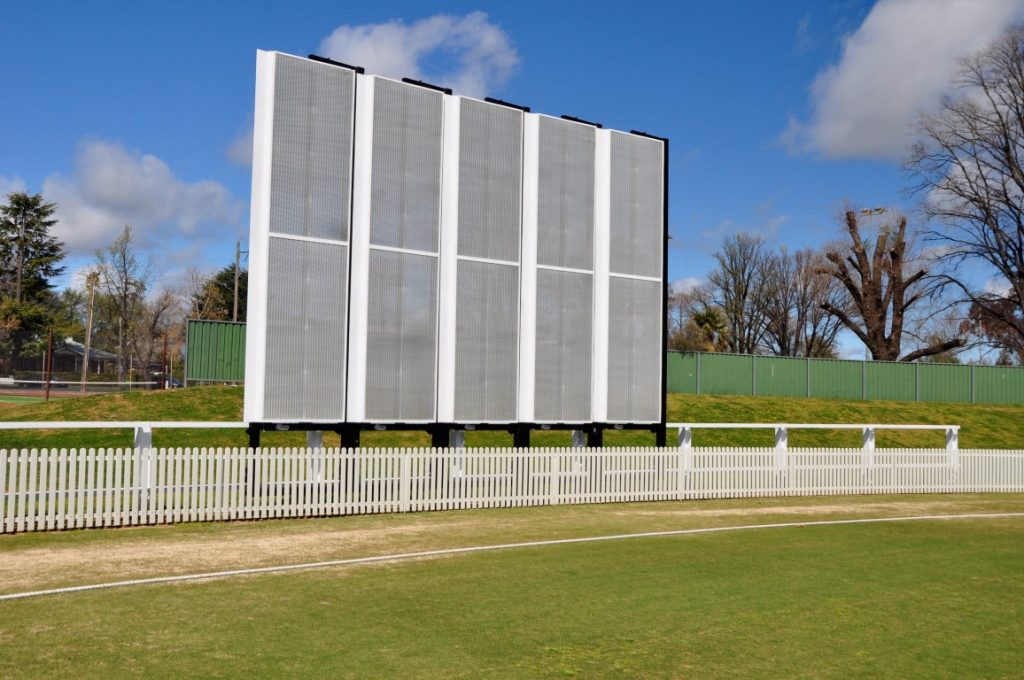
Cricket Clothing and Protective Gear
In cricket, proper clothing and protective gear are essential to ensure player safety, comfort, and optimal performance. Coaches must have a thorough understanding of these items to guide players in their correct usage. This knowledge prevents injuries, boosts confidence, and allows players to perform without hesitation during both training and competitive matches.
1. Cricket Clothing
- Jersey and Trousers: Designed for comfort, flexibility, and breathability, allowing free movement and ventilation during long sessions.
- Cricket Shoes: Provide strong grip, shock absorption, and ankle support to suit various playing surfaces such as turf, concrete, or matting wickets.
- Cap or Hat: Protects players from sunlight and enhances visibility during day matches.
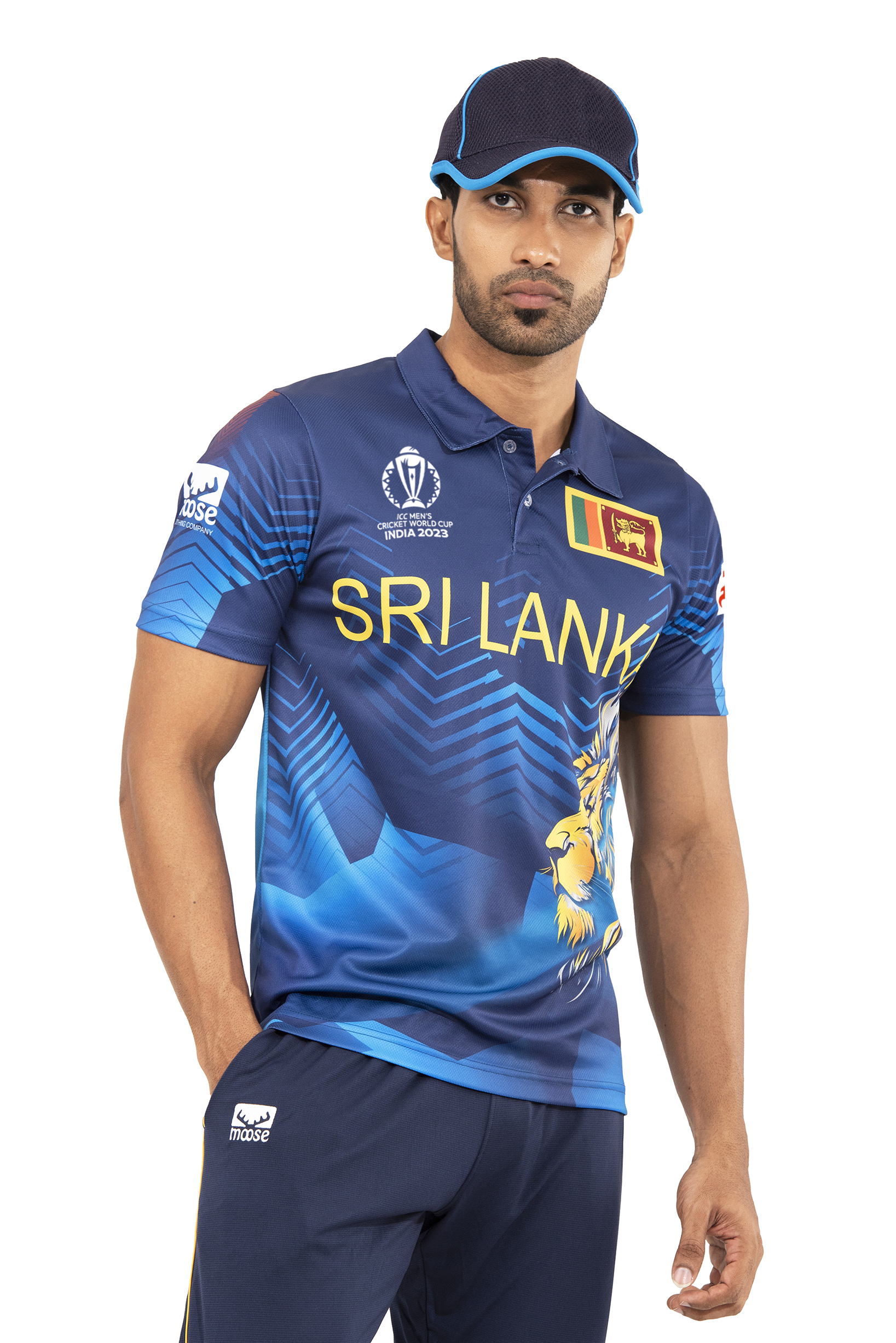
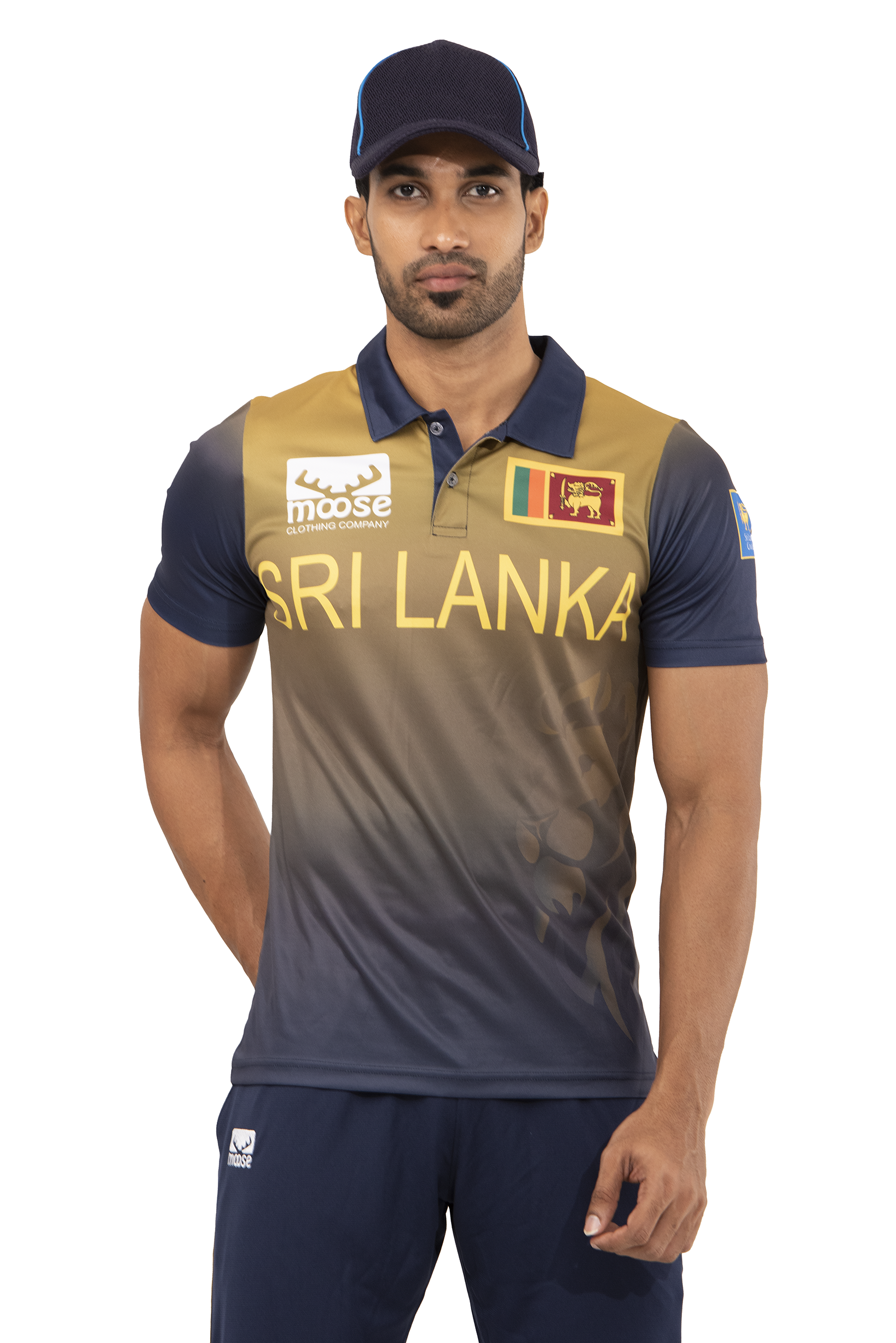
2. Protective Gear
- Helmet: Vital for protecting the head and face against high-speed deliveries.
- Batting Pads: Shield the legs, especially shins and knees, from impact with the ball.
- Batting Gloves: Provide grip and protect hands and fingers from vibration or fast deliveries.
- Thigh Pads, Chest Guards, Arm Guards: Protect the body against accidental hits from fast bowlers.
- Abdominal Guard (Box): Essential for male players to protect the groin area during batting or wicket-keeping.
Proper use and maintenance of cricket clothing and safety gear minimize the risk of injury and instill professionalism and discipline in players. Coaches are responsible for ensuring players are equipped with the right gear and trained in its correct use — fostering confidence and readiness, especially in high-pressure match environments.
